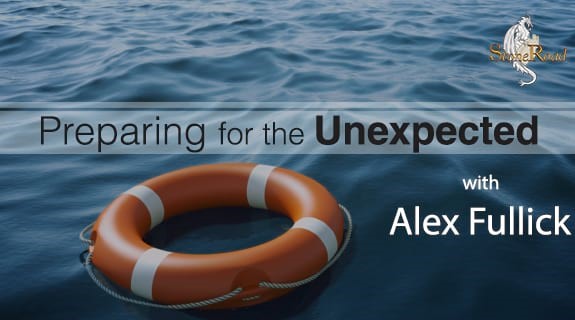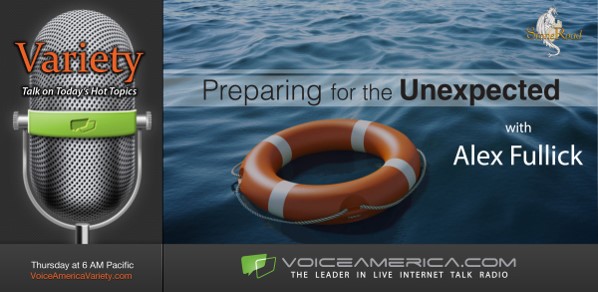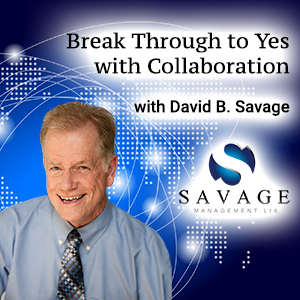What We Learned: Podcast Marketing Webinar Recap
Imagine this: it’s 2023, and you’re the host of a thriving radio show or podcast. Every week, you diligently follow the routine of promoting your show on social media, featuring your latest episode in your newsletter, and keeping your community informed about your new content. You’ve become a master of this cycle, but there’s a nagging feeling that more could be done to promote your show effectively. The broadcast industry is in a constant state of evolution, with creators continually discovering innovative ways to reach their audience. In this day and age, staying on top of the latest trends is a key ingredient in the recipe for success. That’s precisely why VoiceAmerica recently attended the enlightening Descript Webinar titled “Podcast Marketing 101.” We absorbed a wealth of insights during this virtual event and decided to share the most significant takeaways with you.
Read More








